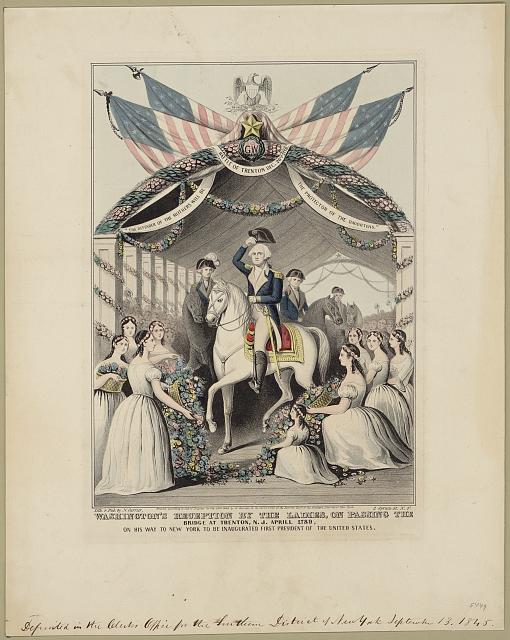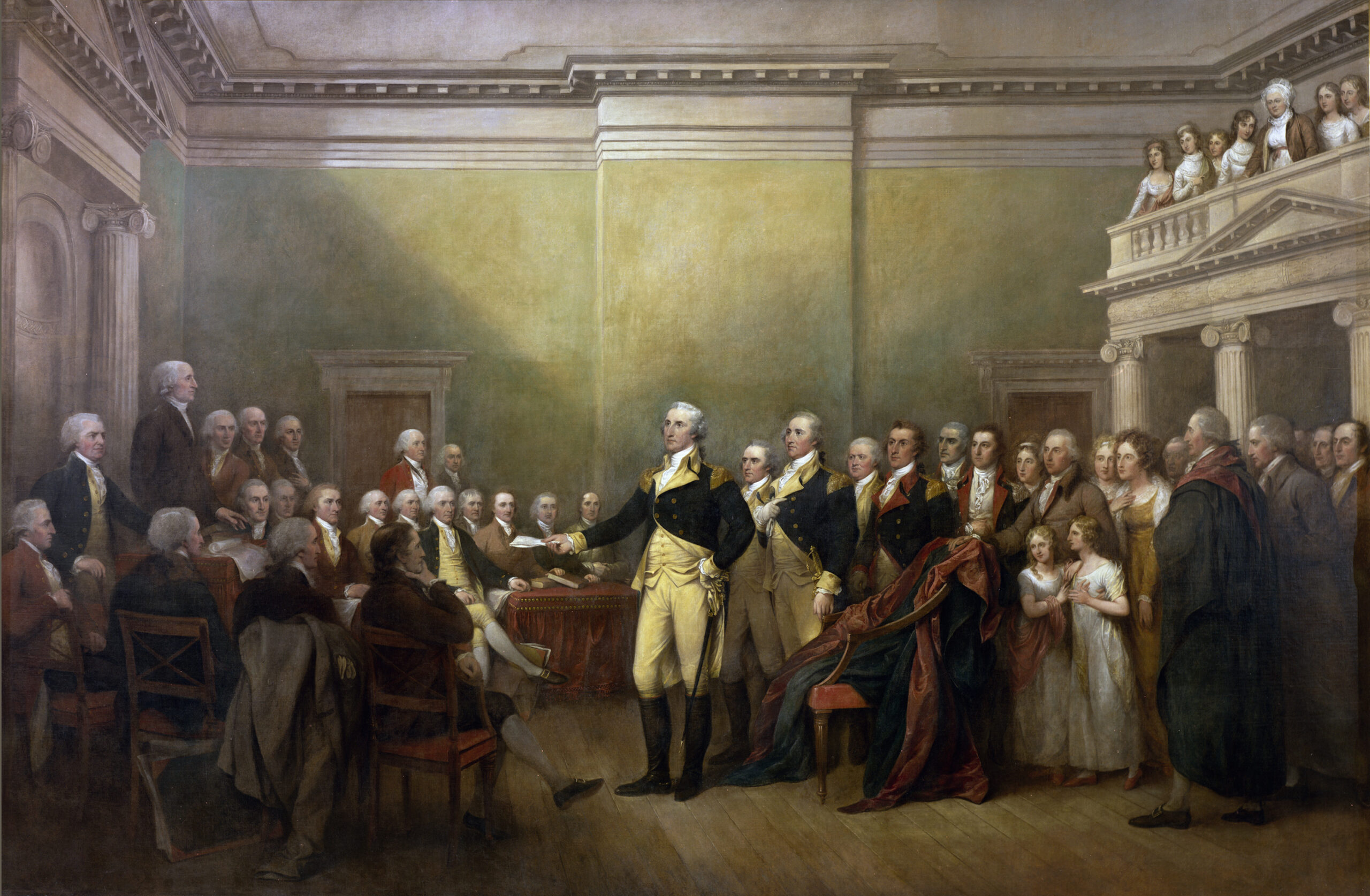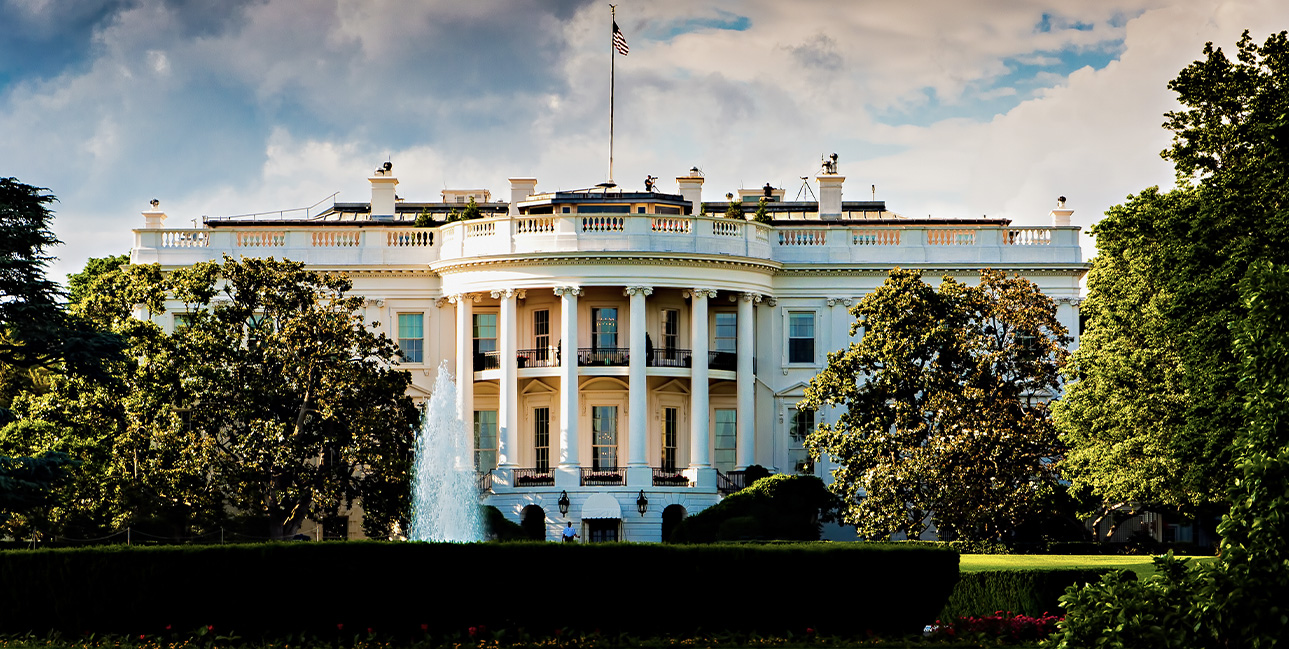Blog
August 08, 2024
The Historical Parallels of America’s First Presidential Transitions
With well over two hundred years of tradition since the ratification of the Constitution, the common imagery of the first presidency is George Washington serenely riding on his white steed followed by a parade of white-wigged Founding Fathers.
Yet despite the iconic paintings and soaring oratory that characterize this period of American history, the actual political dynamics of the day were far from calm. Our first presidential handoffs – from Washington to John Adams, and then from Adams to Thomas Jefferson after just one tumultuous term and a bitterly fought electoral rematch—were fraught with many of the same tensions we see today, yet all involved put the country over politics and agreed to a peaceful transfer of power.
When Washington stepped down from the presidency in 1796, the concept of a leader giving up power was revolutionary. “This was the age of Napolean and monarchies, and people tended to hold onto power for as long as possible,” said presidential historian and recent Transition Lab guest Lindsay Chervinsky. “[It] really shocked people that someone could be so disciplined as to walk away from the highest seat of authority.”
Adams defeated Jefferson by just three electoral votes in an election plagued by many of the same ills we’ve seen in recent elections: foreign interference, sketchy get-out-the-vote practices and negative campaigning. As Adams took office, many wondered if the new republic could hold itself together, especially since Adams’ ability to unite the country fell far short of Washington’s.
Harsh political rhetoric, hyper-partisanship and personal rancor grew throughout Adams’ term, as both sides came to see each other not just as opponents, but as mortal enemies. This culminated in blatantly illegal attempts to change the way the next president would be elected: the election of 1800 featured proposals to create new electoral investigation committees, revise the way that states chose electors and delay the vote counts such that a new election would need to be held.
When the electoral votes were finally counted, Jefferson and Adams were tied, throwing the election to the House of Representatives. A pro-Jeffersonian mob gathered outside the Capitol building where the House voted to break the deadlock, threating violence against any Federalist that the House might attempt to elect as president.
Despite his bitterness over losing the presidency, Adams committed to a peaceful transfer of power. He met with Jefferson several times before leaving office, left him materials and asked his secretaries to write letters updating Jefferson on the status of their departments. In one of his last official acts, Adams offered Jefferson his advice and support, writing, “I see nothing to obscure your prospect of a quiet and prosperous Administration, which I heartily wish you.”

Jefferson, too, embraced the moment of transition—the first in which power passed peacefully from one political party to another—as a moment for unity. For the first time, a new president used his inaugural address to heal the wounds of a divisive campaign. “Let us, then, fellow citizens, unite with one heart and one mind,” Jefferson urged. “We have called by different names brethren of the same principle. We are all Republicans; we are all Federalists.”
As we approach another election cycle marked by the same threats and controversies that plagued our early years, we would do well to remember Jefferson’s words. The peaceful transfer of power has never been easy, but it is fundamental to our common identity as Americans and is very much worth preserving.
Featured image: General George Washington Resigning His Commission. Painting by John Trumbull



